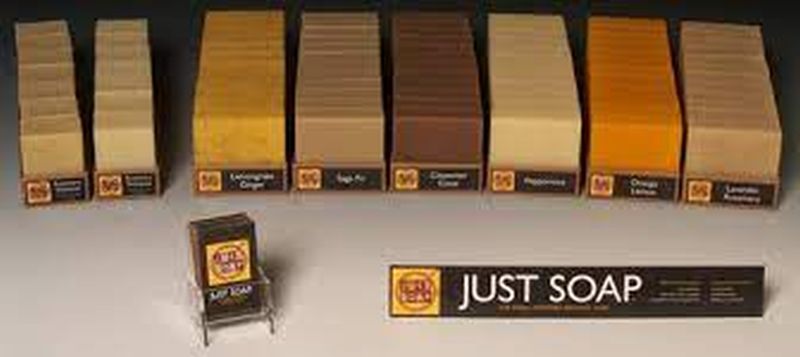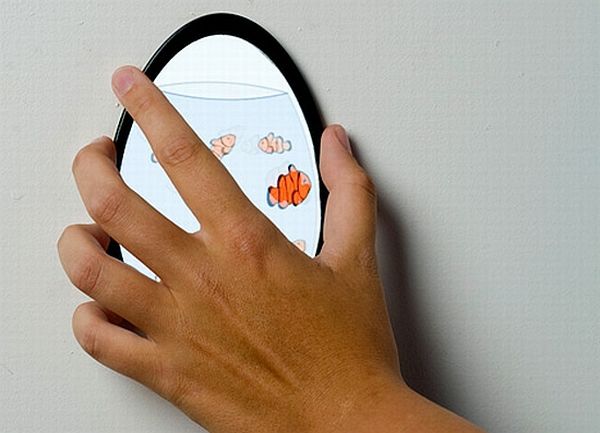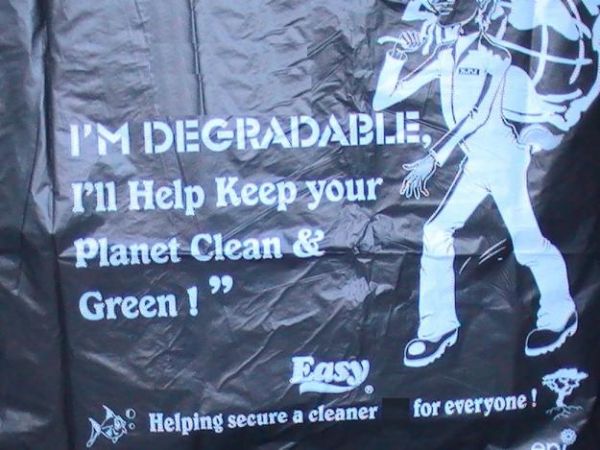
As we know it
The world uses some 227 million tons of plastic materials each year. North America uses 90 kg of plastic per person each year. For Western Europe, it is 65 kg. The large emerging economies of China and India currently use 12 and 5 kg per person each year. It would be logical to expect the per capita consumption in the developing world to increase rapidly to close in on the levels prevalent in the more advanced countries.
Plastics can be easily molded into various shapes, made in various colors and above all are of low cost. These properties make them the first material of choice for every conceivable application. That advantage also results in the growing problem of plastic waste disposal. People simply throw away used plastic items and these can take 50 to 100 years to degrade. The processing of plastics uses chemicals called plasticizers, some of which are carcinogenic.
If the plastic material is segregated by type, it can be recycled. For example, the scrap material produced during plastics products manufacture is reground and blended with virgin material. Mixed plastic scrap, like beverage containers, broken plastic pipes and discarded household items can be reprocessed to make low cost plastic items like toothbrushes and components of toys where the material properties are not very critical. Plastic scrap that is large in size or thickness can be segregated, even from municipal waste, by machines or even manually.
The major problem in plastic waste segregation is with the thin film plastics used for packaging and as carry bags. Over 45 million tons of plastic packaging material is used each year, nearly a fourth of all plastics used. It is estimated that in the US alone, some 380 billion plastic carry bags are used every year, which translates to 4 bags per person per day. In addition, plastic film is used for packaging, especially food packaging. Thin film plastic material is made of poly-olefins (polyethylene and polypropylene). These are very low cost materials that are stable and transparent and do not contaminate the packed material. They can also be made very thin, both to save on cost and to improve visibility for the contents inside the package. Discarded plastic packaging material is very light and is impossible to segregate from municipal waste.
The only way these thin film plastic wastes can be degraded is by exposing them to UV radiation in sunlight or by burning. Municipal waste combustion is an energy intensive process and is adopted in a limited way in the advanced countries. Most municipal waste is dumped into landfills where the plastic waste gets buried under other material, preventing exposure to sunlight. Unlike organic wastes, these plastics do not get attacked by enzymes or microbes and will remain in the landfills for very long periods.
Need for change
There is no immediate alternatives to the use of plastics for the myriad applications where we use them. Many attempts are being made to find a solution to recycle discarded plastics. These include programs by which manufacturers or retailers of electronic products like computers and cell phones take back old products when the customer buys a new one. The old products are then dismantled and components segregated for recycling. Since this is an avoidable cost activity, many of these manufacturers are trying to use biodegradable plastics where possible. Often, the properties needed for these components are possible only with petroleum based plastics.
There is, however, no visible solution to the waste from packaging materials.
What’s next?
1. Biodegradable plastics from waste chicken feathers
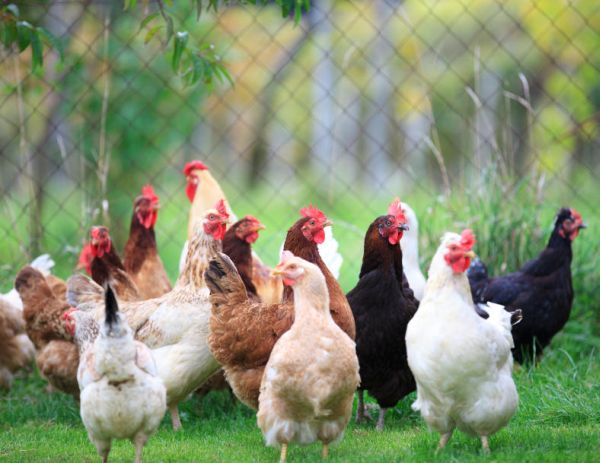
What’s new?
Scientists are constantly looking for ways to make plastics from non-petroleum feed stock. One new discovery is that chicken feathers, plucked out before meat processing, can be converted into plastics. A new process, reported at the American Chemical Society annual meeting in March this year, says that thermoplastics made from chicken feathers are mechanically strong and are stable in water.
What difference will it make?
Some 3 billion pounds of chicken feathers are said to generated in the US each year and these could get converted into an equivalent weight of biodegradable thermoplastics, substituting the petroleum based plastics now used.
So far, some of the chicken feathers are processed into animal feed but much of it ends in trash.
Problems
The major issue would be in collecting chicken feathers from thousands of poultry farms and transporting them to a central conversion facility. Perhaps some kind of low cost pre-processing equipment would be needed at the farms to compact the voluminous feathers before sending them to the central conversion plant.
2. Nokia biodegradable phones
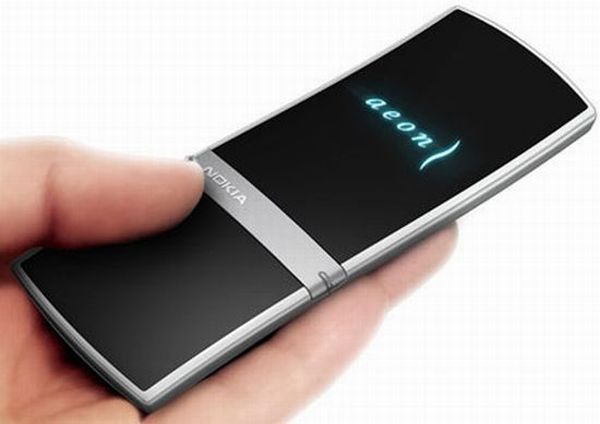
What’s new?
Nokia has announced the launch of a range of 40 new mobile phones with the outer casing and battery cover made of biodegradable plastic.These components will be made of Polylactic Acid (PLA), a thermoplastic made from corn starch.
What difference will it make?
Over 1.6 billion mobile phones are made annually around the world with Nokia having the largest share at 25 percent. The average life of a mobile phone is less than 3 years, with the change of phone being driven by changes in technology. The discarded phones have no value and end up in trash cans. Besides the plastic casing, the discarded phones also contain heavy metals in their batteries.
Nokia has encouraged customers to return discarded products for recycling by including pre-paid postal envelopes with their new products and by placing bins at their stores. The returns, for obvious reasons, are only a small fraction of the total discards that end up in municipal trash. The change to biodegradable plastic for the casing is a welcome step towards alleviating at least a part of the problem.
Problems
The mobile phone industry appears to redesigning phones not just due to changes in technology, but also to promote consumerism. Given the environmental concerns, an industry leader like Nokia could build in a provision for technology upgrades in existing phones so that the phone user does not need to discard phones as often as he does now.
3. Fujitsu’s new plastic-free Green Mouse
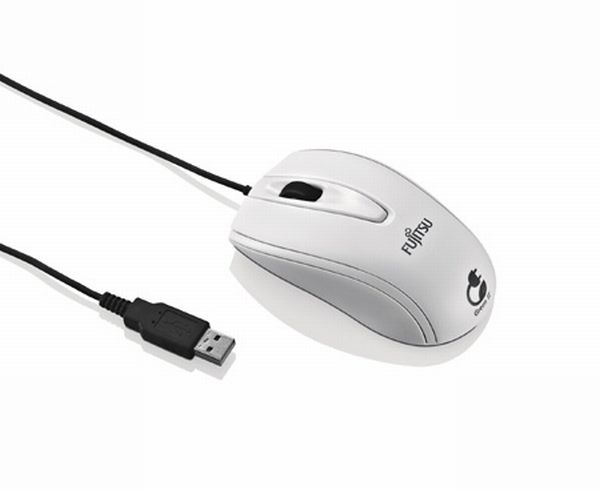
What’s new?
Fujitsu has announced that in future, the mouse sold with its computers will be made from Arboform and Biograde, two biodegradable plastic materials made from non-petroleum sources. Arboform, also called liquid wood, is made from lignin, a waste product from the wood used to make paper and pulp. Biograde is also made from organic sources. The eco mouse follows Fujitsu’s change of 45 percent of computer keyboard components to biodegradable plastic last year, annually saving some 60 tons of petroleum origin thermoplastics.
What difference will it make?
Computers, like mobile phones, are made in millions of numbers round the world and also get discarded when newer and faster models come out. The use of biodegradable plastics in computer components will help reduce e-waste.
Problems
The change to biodegradable plastics being made only to some of the components helps, but does not fully solve the problem. There is need to accelerate the adoption of biodegradable plastics to all components to make a dent in the issue.



